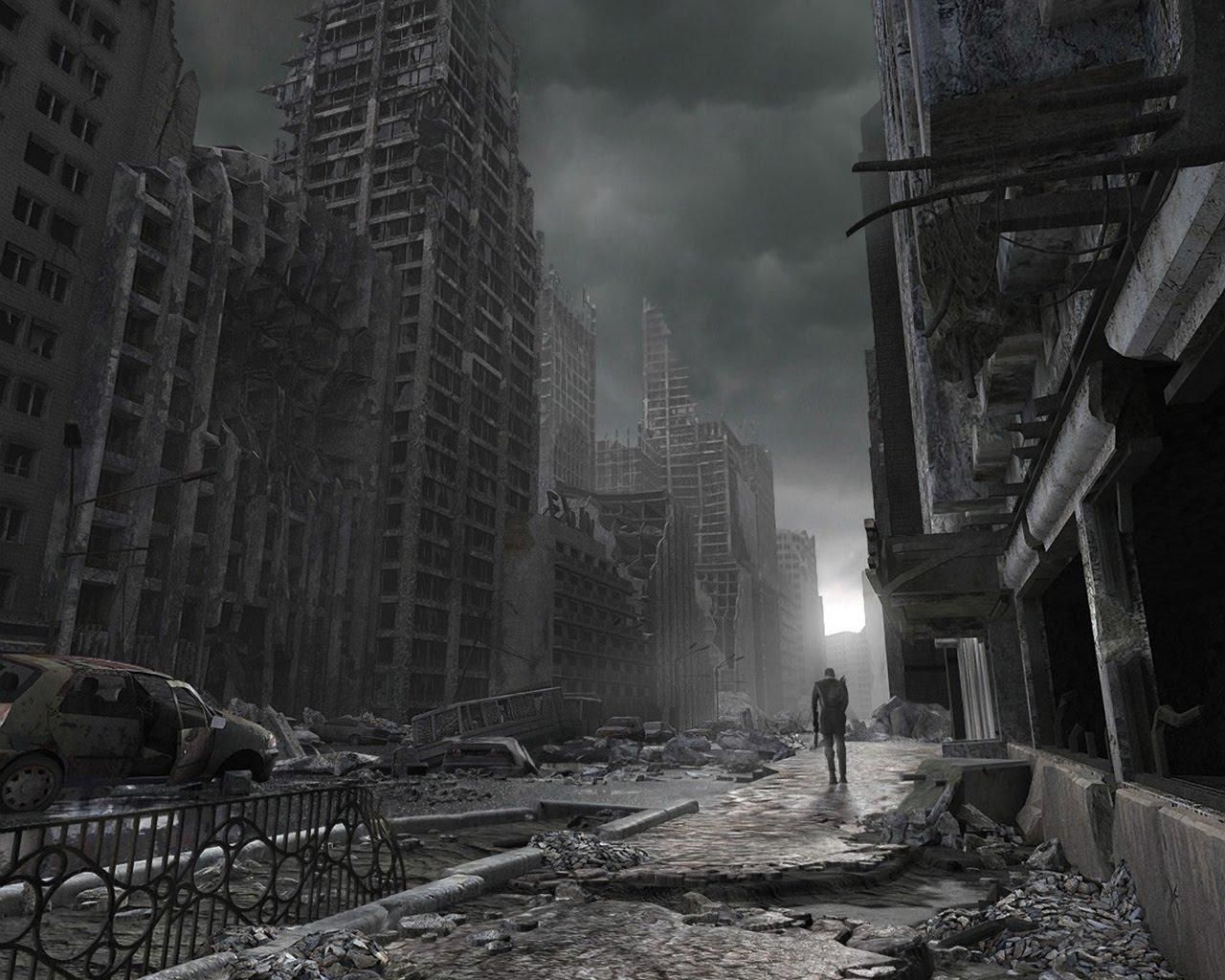Advances in nanotechnology, biotechnology and cyber technology are making it possible for individuals or criminal groups to target anyone, anywhere and on an increasingly large scale. The era of "omniviolence" opens.
In The Future of Violence, Benjamin Wittes e Gabriella Blum they discuss a disturbing hypothetical scenario. A single criminal in Nigeria, “home to a large amount of spamming and fraudulent activity online,” tricks women and teenagers into downloading malware that allows him to monitor and record their activity, for blackmail.
The true story that inspired the book involved a California man who the FBI eventually captured and sent to prison for 6 years. He doesn't end up like this everywhere, however. Many countries, as Wittes and Blum note, “They have neither the will nor the means to monitor cybercrime, prosecute criminals, or extradite suspects to their countries of origin.”
The political scientist Daniel Deudney has a word for what can result: “omniviolence.” Examples? The computer scientist Stuart Russell made one very clear.
Many deaths, little effort
Imagine a small group of criminals in the age of omniviolence. A very, very small quadcopter drone, just 2,5 centimeters (1 inch) in diameter, can carry a charge of one or two grams. A one-gram explosive charge can pierce even a sheet of nine millimeters of steel, and presumably pierce someone's head. Three million drones like this (ordered from a Chinese manufacturer) easily find space in an articulated bus.
With three trucks you can attack a city of 10 million inhabitants: and to carry out a small holocaust it is enough for 5-10% of these weapons to hit the target.
The damage that tens of thousands of soldiers once could do today can be done by three boys. In this scenario, the kill-to-killed ratio could be perhaps 3 / 1.000.000 if only one drone out of 10 hits, and with a single gram explosive charge.
Omniviolence is an unprecedented horror
The terrorist or psychopath of the future will not only have access to the Internet or drones. They can do even worse by exploiting synthetic biology, nanotechnology and advanced Artificial Intelligence SYSTEMS.
Tools that "democratize" terror even between different nations. they make it trivial to cause chaos across international borders. And if someone from anywhere can attack anywhere else, this will undermine our entire society. Even the system of states, incapable of effectively providing border security in a world where war is ubiquitous and total.
A war of all against all in a frighteningly vulnerable world.
The worst face of anarchy
Homo omini lupus, Thomas Hobbes would say. In a world transformed into a daily mortal brawl, constant fear would be the sovereign feeling. The Oxford philosopher Nick bostrom he argues that the only way to defend against a global catastrophe is to employ a universal and invasive surveillance system, what he calls a “high-tech Panopticon.”

What is the Panopticon?
Panopticon, or panoptic, is a type of prison designed in 1791 by the philosopher and jurist Jeremy Bentham. A total, ideal prison, in which all cells are guarded from a single point. A nightmare worthy of Orwell, in short.
Creating and operating a global Panopticon would require a substantial investment, but with falling prices of cameras, data transmission, storage and computing, and rapid advances in AI it could soon become both technologically feasible and cost-effective.
Bostrom is well aware of the disadvantages of such surveillance: the system could be exploited for totalitarian purposes, blackmailing anyone. However, Bostrom says, the terrible fact is that even a Panopticon might still be a better option than suffering one global catastrophe after another.
How can societies counter omniviolence?
Enlightened ruler – A first hypothesis could be a super intelligent machine, essentially an extremely powerful algorithm, specifically designed to govern fairly.
We could then trust the algorithm to collect our data and not constantly worry about the data collected being misused or abused.
Obviously this hypothesis is very optimistic: the use of AI in the political and judicial system would be full of problems. But do we have a better idea for preventing the collapse of the state system under the weight of widespread technological empowerment?
Perhaps a completely new idea will emerge to preserve current society, if the goal is to preserve it. Or perhaps emerging technologies will not be such a strong instrument of absolute power. It could also be that offensive technologies always lag behind defensive technologies, and therefore there won't be such ease in carrying out attacks everywhere.
Beyond omniviolence, the world must strengthen itself. For many reasons.
It could also be that before omniviolence destroys state systems, civilization collapses due to different factors. Perhaps linked to climate change, large lethal heat waves, major droughts. Coastal flooding, sea level rise. Melting of glaciers and polar ice caps, desertification, destruction of the food chain. Epidemic diseases, loss of biodiversity, species extinctions, mass migrations. Continuous? There are plenty of professionals whose job is to list the countless possible reasons for the end of our civilizations.
If we ended up living as hunters and gatherers again, the main concern would be sticks and stones, certainly not design pathogens and artificial intelligence.
Civilization is an experiment. We may not get the results we expect.


